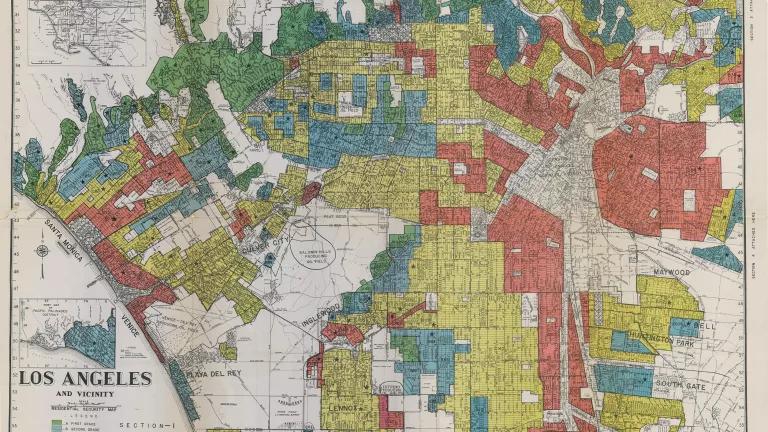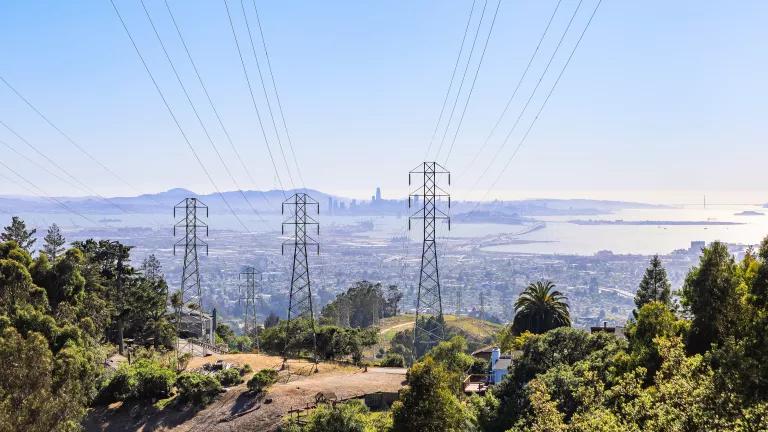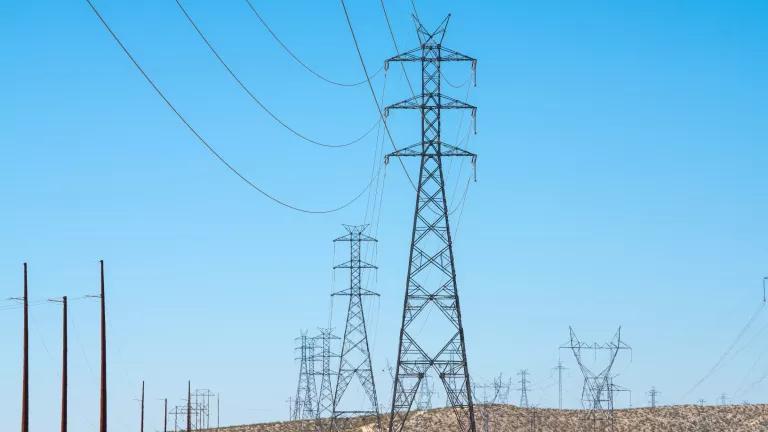New Law Marks Climate Transition for California Landscapes
Irrigating ornamental turf grass at non-residential locations will be phased out, beginning in 2027.
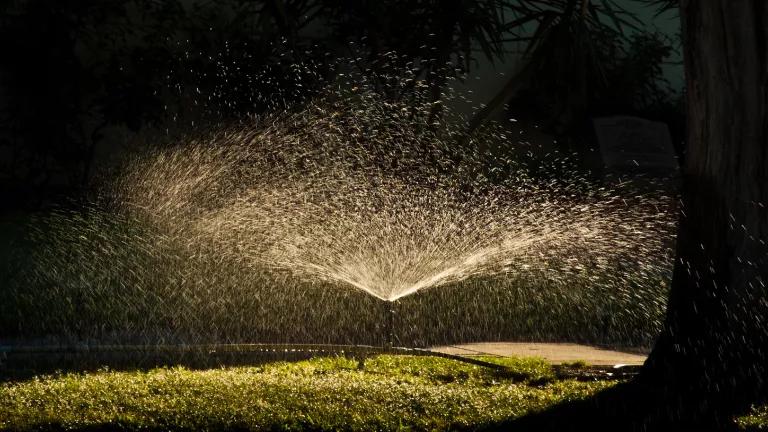
A sprinkler watering a lawn in Sacramento, California
Florence Low/California Department of Water Resources
There are big changes coming to the look of public spaces in California – less lawn. After three severe statewide droughts in just 15 years, state leaders have realized that the irrigation of purely ornamental turf grass in public spaces is unwise. That’s why Governor Gavin Newsom just signed into law a bill that will ban the irrigation of ornamental turf with potable water, effective in stages between 2027 and 2031.
AB 1572, authored by Assembly Member Laura Friedman (D-Burbank), was sponsored by NRDC, our non-profit partner Heal the Bay, and the giant Metropolitan Water District of Southern California (MWD). These backers of the bill recognize, as Governor Newsom said in August a year ago, that “Climate change means drought won’t just stick around for two years at a time like it historically has – extreme weather is the new normal here in the American West, and California will adapt to this new reality.”
Hotter and drier weather conditions are likely to significantly reduce California’s water supply, and sprinkling drinking water onto decorative grass leaves less water for essential purposes like cooking, bathing, and sanitation.
Since 1990, new landscaping in California has been required to be designed and installed to promote water efficiency. Nevertheless, large amounts of irrigated grass remain at commercial and institutional properties, much of it purely ornamental. And ornamental turf – sometimes called nonfunctional turf -- consumes an enormous amount of drinking water.
With clear definitions, AB 1572 accommodates the continued irrigation of functional turf – grassy areas used for public gatherings, social events, ceremonies, sports fields, and informal recreation – while its limitations on irrigation apply to nonfunctional turf – areas where turf grass is primarily ornamental. Irrigation of turf with recycled water or harvested rainwater is not limited by the bill, nor is irrigation limited on any type of turf at single-family residences. But even with these exemptions, the new law is expected to save as much as 300,000 acre-feet of water per year in MWD’s 6-county service area, an amount comparable to the annual water use of about 900,000 households.
The impact of AB 1572 will be felt gradually. The first properties covered by the new law will be any nonfunctional turf remaining at state and local governmental buildings, effective January 2027. Other institutional properties, as well as all commercial and industrial sites will follow in 2028. Properties administered by homeowners’ associations and similar organizations managing common interest developments will be covered in 2029. Lastly, ornamental turf at local government buildings in disadvantaged communities will be covered in 2031, to the extent that state funding is available to fund the cost of converting turf to climate-appropriate landscapes.
The law can be enforced directly by the state or by any local public agency. Also, water suppliers are required to incorporate the irrigation limitations into their own local regulations, and can enforce the turf irrigation ban the same way they enforce other water use limitations or water service requirements. Owners of large, irrigated parcels will be required to self-certify their compliance to the State Water Board beginning in 2030.
For people in the lawn care business, this means that over the next eight years, there will be less grass to mow on commercial properties, and more opportunities for higher-value services, like removing turf and replanting ground covers and shrubs that look good while requiring less water.
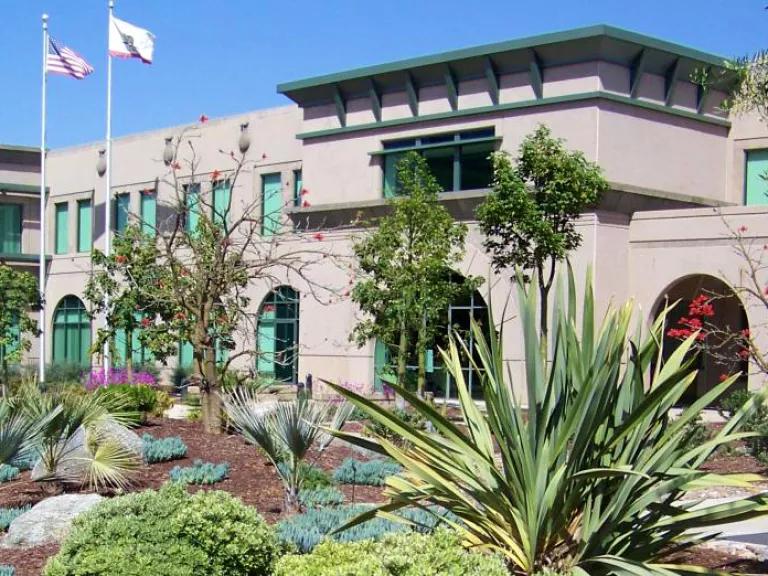
Drought tolerant planting outside San Diego County Water Authority’s Headquarters
San Diego County Water Authority
Landscapers and gardeners should contact their local water provider for more guidance to help them with this transition.
MWD will continue to offer rebates for the replacement of turf with climate-appropriate alternatives, and is applying for federal funding to expand and extend its turf rebate program.
The demand for rainwater harvesting systems may also expand, since the new law only bans the use of potable water to irrigate nonfunctional turf, not irrigation with non-potable water like captured rainwater. The new law directs the Governor’s Office of Business and Economic development to support small and minority-owned businesses to grow their businesses as the landscape transition takes place.
And the landscape transition must take place. The sweeping turf grass aesthetic was never native to California, but an import from the Eastern Seaboard having its origins in notable plantations such as Thomas Jefferson’s Monticello.
Under AB 1572, turf will continue to support the purposeful activities that people enjoy, where they come together for casual or active play or for outdoor ceremonies and assemblies. But it was always a stretch to install turf extensively in California’s arid and semi-arid climates, and landscape professionals now recognize that beautiful spaces don’t require mowed uniformity and extravagant amounts of water.
With the pace of climate change quickening, California’s landscape transition must pick up the pace as well. AB 1572 will set the stage for the exciting changes to come.


